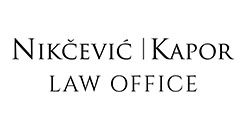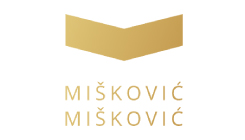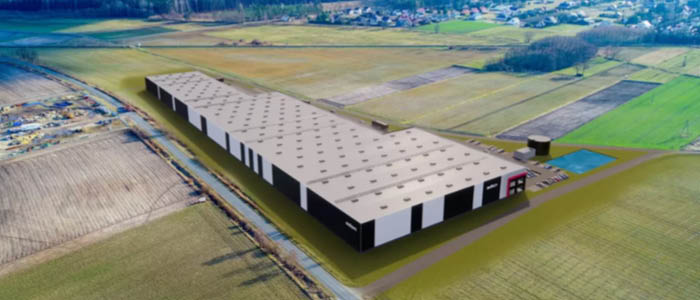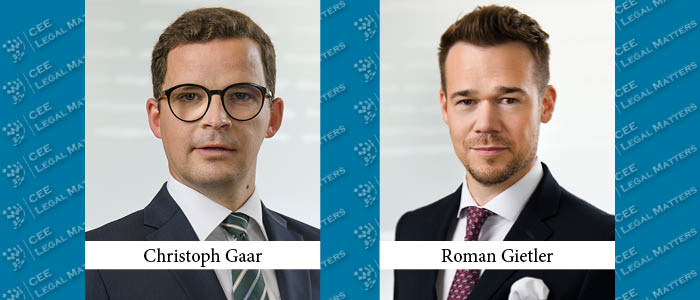New Regulation on Terms and Conditions for Attracting Direct Investments enacted by the Serbian Government came into force on 1 January 2017 (the “New Investment Regulation”).
The New Investment Regulation is based on the Serbian Investment Act introduced in 2015, which tackled a number of important deficiencies of the previous system such was the division of investment support activities among two public bodies (the Agency for Support of Foreign Investments and Export Promotion and the National Agency for Regional Development were replaced by a single entity – the Serbian Development Agency). The Act also forced public authorities to promptly supply investors with licenses and permits necessary for implementing their respective business endeavors, and, among other, introduced novelties such is the forming of special project teams by the Serbian Development Agency in order to facilitate investments more efficiently.
In order to be eligible for government support the New Investment Regulation requires for an investment to be regarded as “direct”. Direct investments are defined as investments in tangible and intangible assets of a company operating in manufacturing sector or internationally marketable service sector, which encompass opening of new work places and have a positive effect on the development of economy of the Republic of Serbia. The New Investment Regulation lists several means of implementing a direct investment besides incorporating a new entity: starting of a new business activity, expanding the existing business activities, expanding of the existing product portfolio into new products, substantial changes in overall production process of the existing business activity of an enterprise, or acquisition of the assets from a company, which was closed or would have been closed if it had not been purchased by a nonaffiliated entity on an arms-length basis. In order to become eligible, the investor must secure at least 25% of the justified expenses (the New Investment Regulation regulates in more detail the type of expenses that is considered to be justified for an individual investment project) from non-state aid sources.
The New Investment Regulation does not apply to some sectors of the economy, reason being that such activities are either subject to other regulations or that the public authorities are not offering any assistance in relation thereto.
Only domestic, i.e. Serbian legal entities are granted state assistance through the New Investment Regulation. However, there are no limitations on the origin of the ultimate owner of such entity.
Investment aid is granted through a public call for bids which the public authorities periodically publish. Aid related to investments of special importance is rendered without a public call for bids.
The maximum amount of aid is limited to a portion of the justified expenses of an investment and depends on the size of the beneficiary. Aid to large entities can be up to 50% of the justified expenses, for medium entities up to 60% and for small entities up to 70% of the justified expenses.
Amount that can be granted for investments of national importance exceeding EUR 50 million in justified expenses is further regulated depending on the size of the investment:
- For justified expenses ranging from EUR 50 to 100 million – up to 25% of these expenses,
- For justified expenses of more than EUR 100 million – up to 17% of these expenses.
Depending on the purpose of investment aid, there are limitations on the amount of aid that can be granted for certain purposes. These limitations are based on the development level of the municipality in which the investment is to be realized and depend on the justified costs of opening new work places and investing in assets of the domestic entity using the investment aid.
The aid is provided in annual installments. The amount of installments is determined as percentage of the total amount of allocated funds corresponding to the percentage of the project completeness in a particular year as per the investment project and in a way that investor is paid the amount proportionate to the percentage of newly employed personnel in every year of implementation of the investment project in relation to the total amount of newly employed personnel as defined per the investment project.
By Marija Oreski Tomasevic, Partner, SOG / Samardzic, Oreski & Grbovic





























